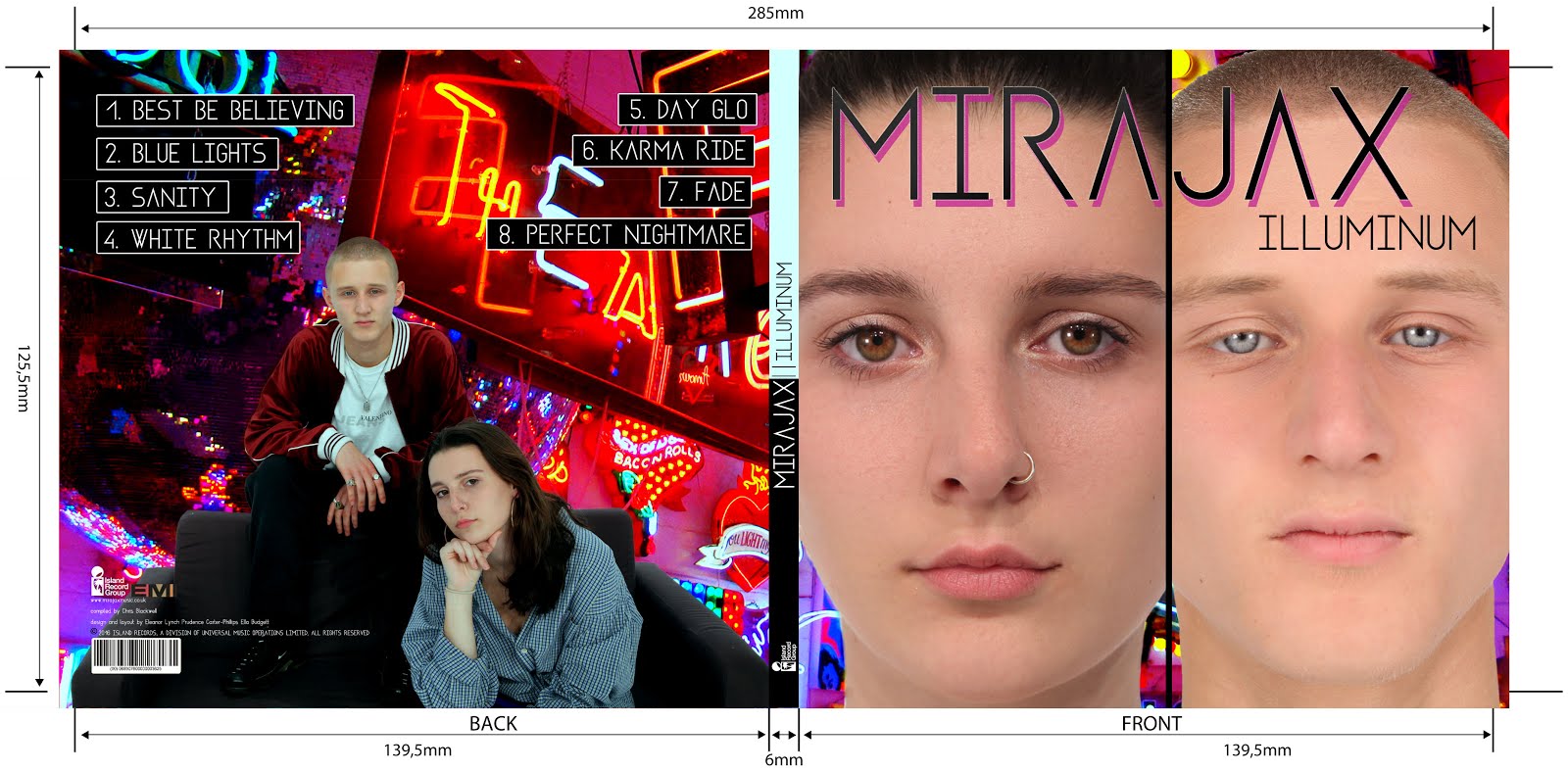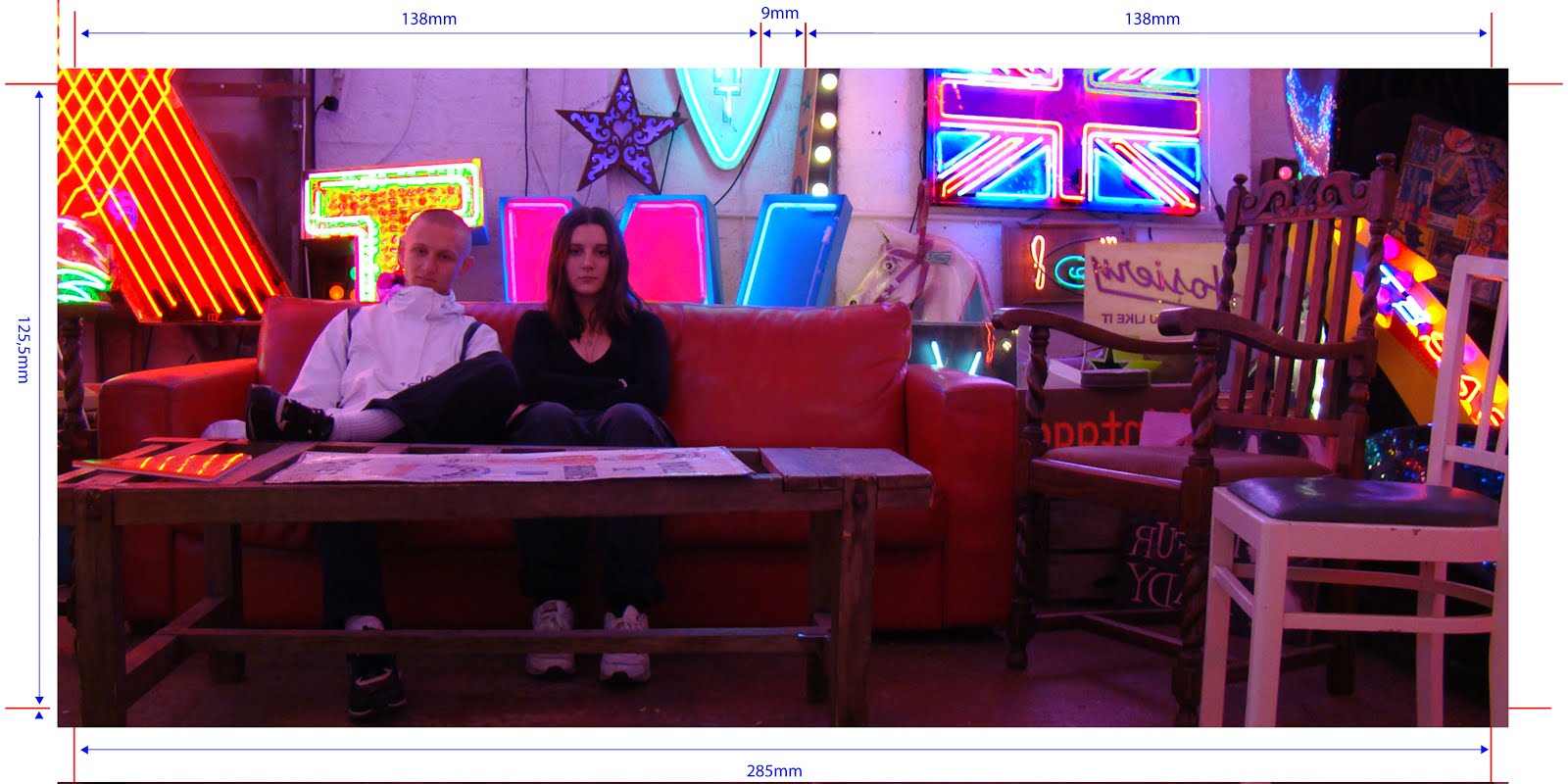Our video is called "The Chocolate Mystery". It runs for 1:22 minutes. The story is set in a school and the story line follows Jerom as a student in detention and Mathew as the teacher.
I worked in a group with Jerom Thambioillai and Matthew Davies to produce our video. Between us, we worked out how to equally divide the work load; Matt produced our story board sheets with drawings, Jerom produced our script and I produced our props list and shoot schedule. We started off by agreeing we would set our story in a school seen as that's where our shooting location was and it would be hard to disguise this. We all had our own individual ideas which we pitched to the rest of the group but decided to go with Matt's idea about a student in a detention. From this idea we thought the detention could be to do with a theft and then came the idea of a stolen chocolate bar, as it seemed like a silly reason to be in trouble so would create humour for the audience.In terms of actually filming our clip, I did the majority of the filming as Jerom and Matt were acting but Jerom and Matt both used the camera and directed at least 1 scene each. We were split up into two groups to edit our sequence; I was working by myself and Matt and Jerom edited their version together.
 |
| Jerom, Matt and I |
2. How did you plan your sequence? What processes did you use? What theories did you try to take into account?
We planned our sequence through several processes; we made lots of storyboard sheets which contained visual and written annotations of all of our shots; we made a script which was a written record of each line of dialogue including stage directions. We also produced a props list for any costume or props we needed in our sequence. We tried to take into account the following theories of genre, narrative, character, setting and continuity. We made sure not to include any random, unlinked shots which would not create successful continuity and when editing I made sure all the shots
were matched on action with clean cuts (or as close I could get). Our genre was a school drama so we had to show this through mise-en-scene which conveniently meant we didn't need to do too much as our filming location was in a school anyway. We made a plan of our setting; it is a very rough birds-eye-view sketch of the classroom with rough guidelines as to where the furniture will lie in our sequence. To accurately represent the characters in our sequence we had to use costume. We included costume in our props list; Jerom was told to wear smart-casual clothes and Matt was made to wear a suit jacket and shirt with smart trousers. In order to stick to our brief we had to avoid breaking certain rules such as the 30 degree rule and make sure we used certain features such as the 180 degree rule, eye-line matches and shot reverse.
We planned our sequence through several processes; we made lots of storyboard sheets which contained visual and written annotations of all of our shots; we made a script which was a written record of each line of dialogue including stage directions. We also produced a props list for any costume or props we needed in our sequence. We tried to take into account the following theories of genre, narrative, character, setting and continuity. We made sure not to include any random, unlinked shots which would not create successful continuity and when editing I made sure all the shots
 |
| The first page of our storyboard (shots 1-4) |
 |
| Our props list |
 |
| Our script |
 |
| Our rough room plan |
3. What technology did you use to complete the task, and how did you use it?
The technology we used to film our sequence were as follows:
...which we kept on the automatic manual setting in order to keep it simple for the time we were allocated.
- We used a Tripod to keep our shots steady and look professional but occasionally took the camera off the tripod, for example in shot 4 (the clock shot), in order to film shots higher than the tripod reached. We also used the Tripod Arm to create smooth pans.
- We used a Mic to pick up the background sounds (when wanted) and character's dialogue when they were far away from the receiver.
- We used Headphones which were plugged into the camera. Whoever was operating the camera for a particular shot would wear these to ensure all wanted sound was being picked up and all unwanted sounds were not interfering.
- We used a Clapperboard to make it clear when we are editing, which shot the following clip was of.
The technology we used to edit our shots were as follows:
4. What factors did you have to take into account when planning, shooting and editing?
We had to take into account many factors when planning shooting and editing such as continuity, narrative flow, making the story easy to follow, sticking to the brief, how we would manage time constraints, availability of equipment and the limitations that came with the number of people in our group. We had only 3 people in our group so this meant we could only have a maximum of 2 actors in ur sequence as otherwise there would be no-one available to film, so we chose Matt and Jerom as the teacher and student only. We made sure we filmed a master shot for every setting included in our filming to allow for any mistakes we realised after filming such as certain shots not being able to match up, so they were backed up with an available master shot. In order to stick to the brief we made sure we filmed a conversation of at least 2 lines of dialogue between our characters. We also made sure we filmed Jerom walking into the room, walking out of the room and sitting down opposite Matt during their conversation. We originally started off with over 20 shots but we had to cut this down in planning when taking time constraints into consideration. This also meant I had to keep editing simple - no captions or fancy cuts etc.
5. How successful was your sequence? Please identify what worked well, and with hindsight, what would you improve/do differently?
I was, overall, happy with our sequence. However, I think my fist shot was quite jolty and could have been a more smooth zoom out. I think the shot of the clock in shot 4 was not filmed as good as it could have been as the clock was not centred and the shot looked like it was being filmed from the left-hand side when it should have been from downwards to look as if its Matts perspective. Finally, I think we din't pay enough attention to our framing. We should have made more smooth constant changes from long shots all the way into closeups - I think our framings were a bit random in some parts. Although, I think I edited it well to show match on action and I also mixed up the order of our shots to suit the story better. For example i switched up the fist few shots so the clock shot would come after the close up of Matt, therefore making it very clear to the audience that he is looking at the clock. If we had more time, I think we could have re-filmed our shots with dialogue to put more expression into them and also make the action less slow and boring.
6. What have you learnt from completing this task? Looking ahead, how will this learning be significant when completing the rest of your foundation coursework, do you think?
I ave learnt a lot from this task. I now know that it takes patience and a relatively long time to film all your individual shots including the several takes needed to get it just right. I have also improved on my camera skills, I think, as now I can film a pan more smoothly. I know that you have to take a step back, when filming, and think about each individual shot within a bigger picture to make sure they all follow the storyline clearly. I also need to, in the future, make sure all my shots are filmed with some lee-way at the beginning and at the end to make sure there will be no problems with continuity.
In my future foundation coursework, I now know how important it is to make all your required planning prep sheets and make sure you have them on the filming days because our group, unfortunately, did not have our storyboard sheets on the day of filming which meant we had to use a section of our allocated time to remake the storyboard and we could have missed out shots in doing so.











